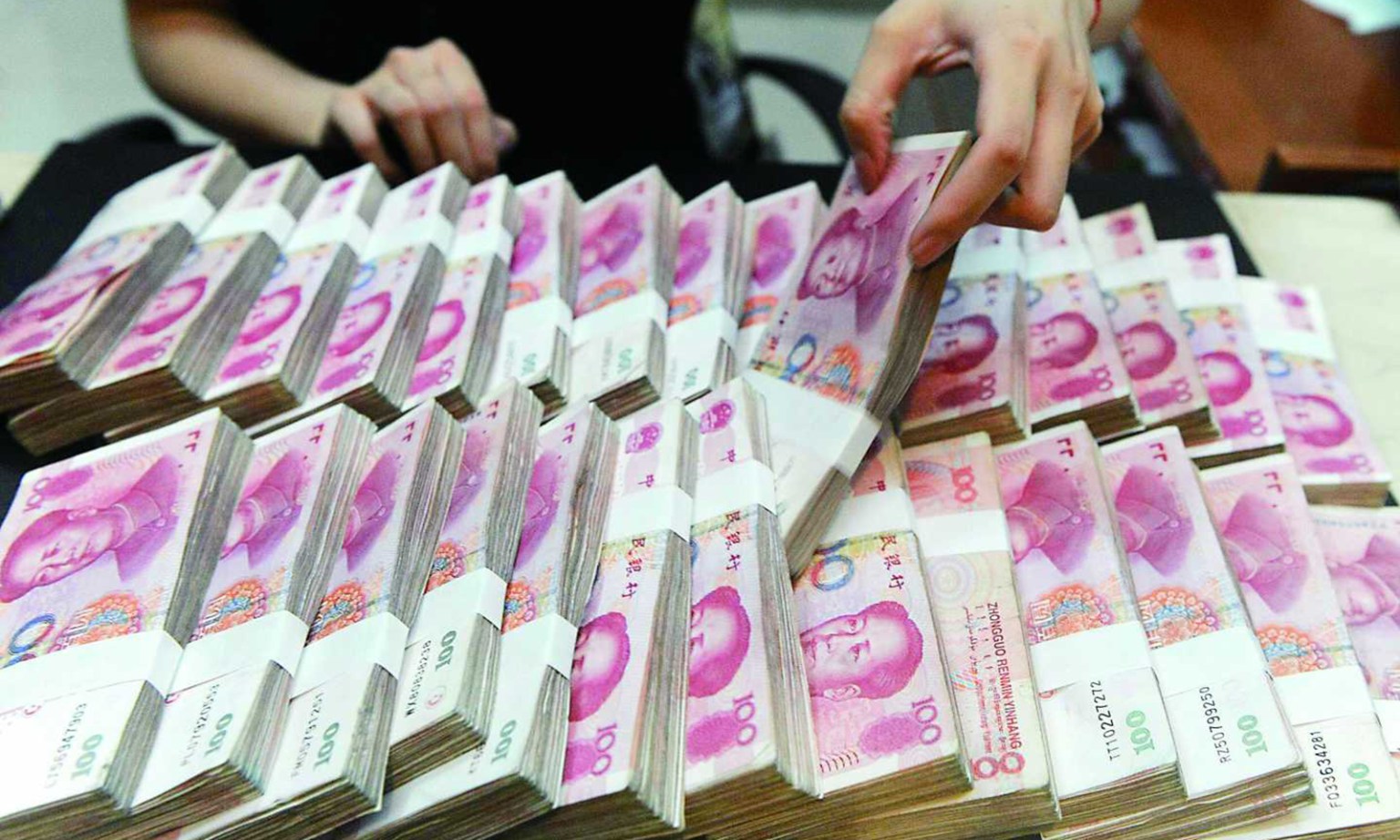(ATF) – The People’s Bank of China (PBOC) is to cut the reserve requirement ratio (RRR) for small and medium-sized banks by 100 basis points in its latest effort to bolster the real economy amid the coronavirus outbreak.
The RRR cuts will be implemented in two phases, with the first round of 50 basis-points expected on April 15. The balance will be implemented in a second phase from May 15, the central bank said in an online statement over the weekend.
The reduction in the cash that lenders must hold as reserves is expected to unleash around 400 billion yuan ($56.3bn) of long-term capital into the market, the statement said.
The cuts are expected to inject liquidity into around 4,000 lenders including rural cooperatives, rural commercial banks and city commercial banks operating only within provincial administrative areas, adding sources of stable financing for the country’s small and medium-sized enterprises (SMEs).
After the cuts, the RRR for the country’s small- and medium-sized lenders will be slashed to 6%, a relatively low level compared with the ratio in other developing countries and past rates in China, the PBOC noted.
Policymakers will also cut the interest rate on excess reserves for financial institutions from 0.72% to 0.35% starting from April 7, the first such rate cut since 2008.
Capital efficiency
The move will push banks to enhance their capital use efficiency and help them better serve the real economy, especially SMEs, the PBOC said.
The central bank forecasts the Chinese economy will “demonstrate strong resilience against the global economic shock “triggered by the pandemic, and its financial system is “sturdy enough to fend off risks that emerge”, vice-governor Liu Guoqiang said at a press conference over the weekend.
The widespread outbreak will deliver a huge blow to the world economy and thus a short-term shock to China, he added. Though it remains uncertain how severe the damage will be globally, pressures are being felt in areas such as industrial supply chains, trade and market expectations, he said.
Liu said compared with pre-outbreak levels, China’s first-quarter data would certainly look less than stellar, but he is confident that there will be a marked improvement in the March performance compared with February.
The vice governor said it is inevitable that risks will arise, but China’s overall banking system is capable of absorbing losses and warding off the risks.
As of the end of 2019, the non-performing loan ratio at Chinese commercial banks stood at 1.86%, below the regulatory ceiling of 5%. Meanwhile, the provision coverage ratio, a measure of funds set aside to cover bad loans, was 186.08%, according to Liu.
























